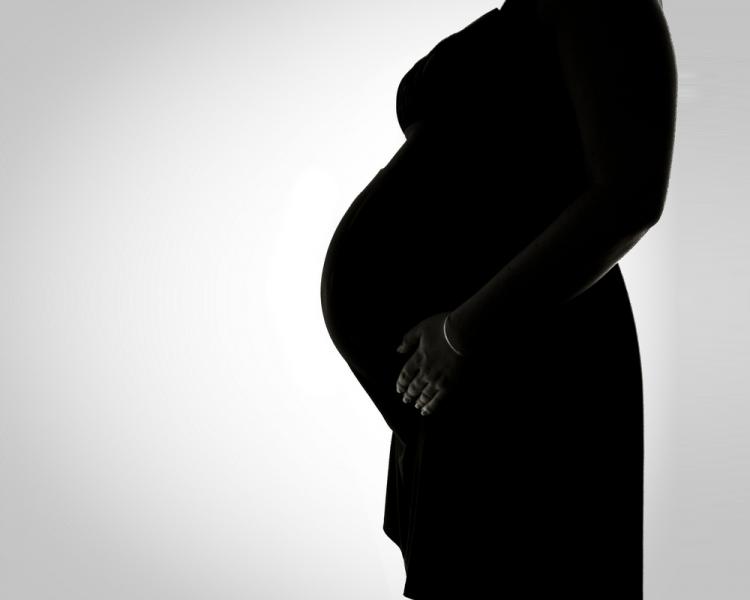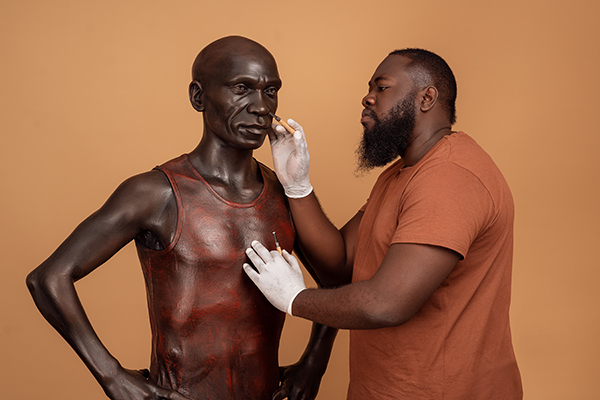
Report: 20% of Zimbabwean women give birth at home and experts describe it as unnacceptably high
About 20 percent of Zimbabwean births over the past five years occurred at home, a new report shows. According to experts, the statistics are unacceptably high.

Based on the findings included in the recently-released Zimbabwe Demographic Health Survey (ZDHS), institutional deliveries stood at an average of 77 percent.
“Seventy-seven percent of live births in the five years before the survey took place in a health facility, while 20 percent were delivered at home. Most institutional deliveries took place at public sector health facilities,” reads the report.
Over the same period, when institutional deliveries stood at an average of 77 percent, home deliveries increased from 23 percent before shooting up to a high of 34 percent between 2010 and 2011 and then later decreasing notably to 20 percent in 2015.
“Masvingo and Mashonaland East had institutional deliveries ranging from 71- 80 percent. Mashonaland West, Mashonaland Central and Manicaland recorded the least institutional births, ranging from 66 to 70 percent.”
Despite the decline in home deliveries to 20 percent, Gender activist Ms Lindile Ndebele said that the situation could not be celebrated as it indicated that many women were still at risk of maternal deaths.
“This shows that women are still failing to access healthcare generally due to financial constraints, long distances for those in rural areas and other issues,” she said.
The World Health Organisation defines maternal mortality as the death of a woman while pregnant or within 42 days of termination of pregnancy, irrespective of the duration and site of the pregnancy, from any cause related to or aggravated by the pregnancy or its management, but not from accidental or incidental causes.
Moreover, the 2014 Multiple Indicator Cluster Survey (MICS), shows Zimbabwe’s maternal mortality rate to be standing at 614 deaths per every 100 000 live births and identifies haemorrhaging as the leading cause of maternal death.
The United Nations Population Fund considers a maternal mortality ratio of less than 100 as low, between 100 and 299 as moderately low, and high when it is 300 to 499.
Ms Ndebele however adds that women sometimes avoid health institutions fearing detention after failing to clear hospital arrears.
“As a country we have 2030 HIV targets that we want to reach, but if 20 percent of pregnant women don’t have access to prevention of mother to child transmission (PMTCT), we are bound to lose that battle,” she said.

She maintains that there is need to raise awareness and come up with policies that will ensure that women choose health institutions as the safest and convenient places of delivery.
The ZDHS shows that births to mothers with more than a secondary education are much more likely to take place in a health facility than births to mothers with no basic education.
(Courtesy The Herald)






